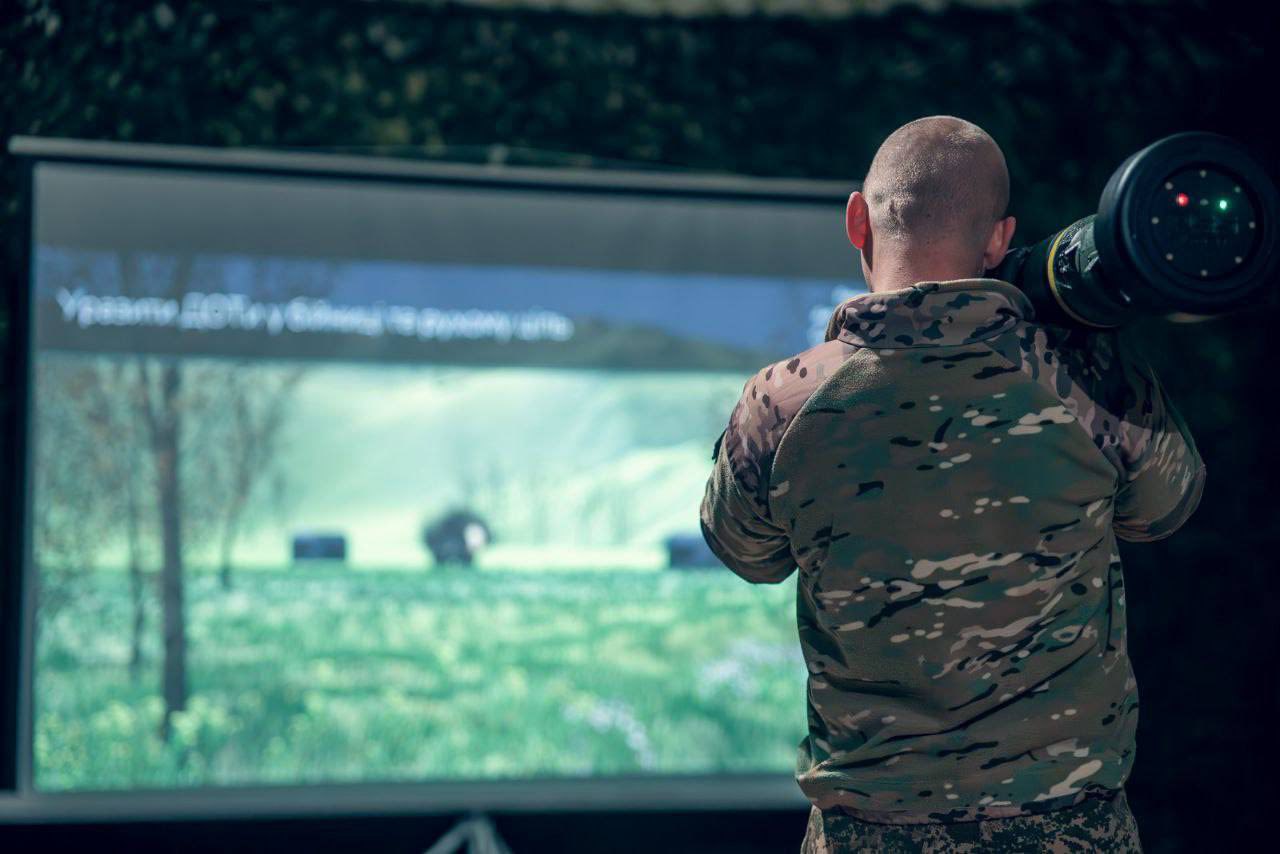
Training in virtual reality
UAVs
Simulators for training FPV drone pilots are a basic item used in specialised schools and training centres. The most popular ones, which are also available to civilians, are Liftoff and DRL (The Drone Racing League Simulator).
"We at Yatagan School use Liftoff because it has well-developed flight physics. Simulators are suitable for developing microcontrol, when you no longer think about an action, but simply remember the order of actions physically," explains Inokentiy Razumov, a consultant at the Come Back Alive Foundation.
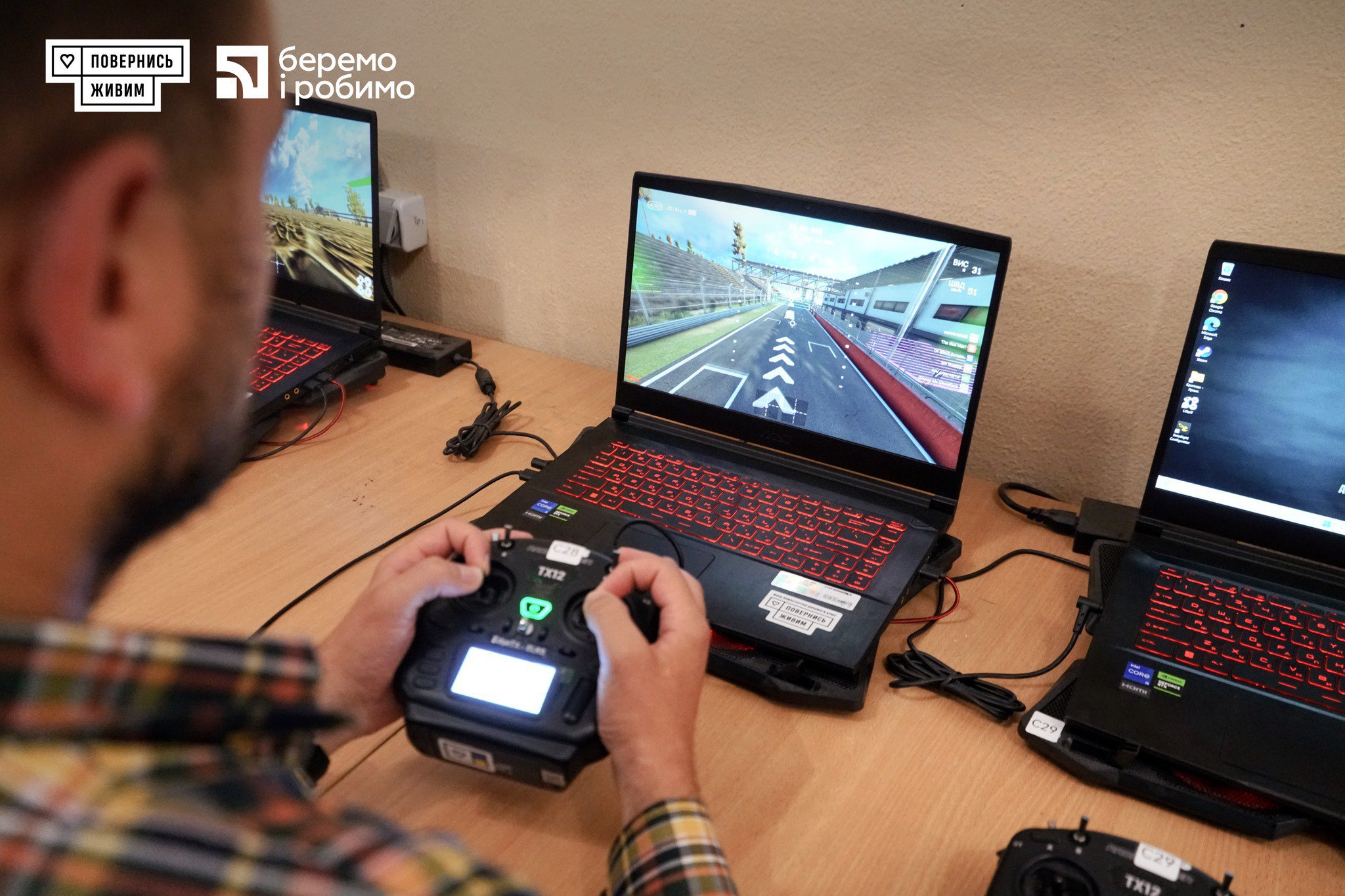
According to Ihor Pyts from the 3rd Brigade, all new pilots who join the unit demonstrate their skills first and foremost on simulators - a choice of the above.
In addition, there is a Ukrainian-developed programme available only to military personnel. It is not for flight training - it is a simulator of combat operations and tactics of using drones. It has maps and information from the frontline, and you can set both ground and air targets.
"In the game, we can simulate and analyse an assault because we know all the enemy's logistics routes in our direction, their accumulation points, where the infantry is moving. And all this can be simulated on maps: where there are electronic warfare devices, where there are not, and the flight time," says Ihor.
In addition, there are already a number of simulators from Ukrainian developers, which are locally tailored: with drones with the right weight, targets, weather conditions and obstacles. We are talking about Ukrainian Fight Drone Simulator and Remote Reaper: FPV Drone.
Training of bomber and wing-type UAV pilots is a bit more complicated. There are simulator developments, but not for all aircraft, for example, for the Valkyrie, says the consultant of the Come Back Alive Foundation.
"There are apps on Steam for those who like to fly gliders, but they are only suitable for understanding the physics of flight. And reconnaissance drones are about a specific type of task. Plus, all reconnaissance systems are different. Accordingly, each of them - Shark, Leleka, Valkyrie, FlyEye, etc. - requires a separate simulator,’ explains Inokentiy.
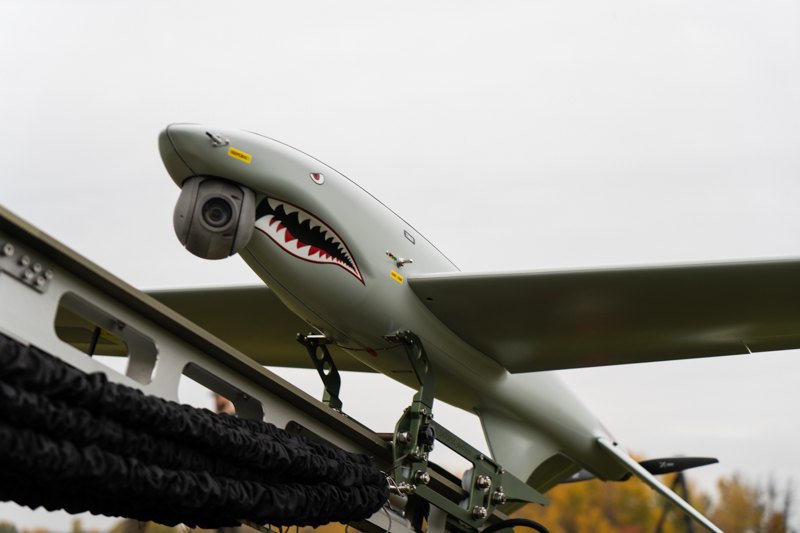
Small Arms Training
While UAV simulators are typically created by drone manufacturers themselves, simulators for small arms are produced by various Ukrainian companies — each offering its own 'arsenal'.
One such supplier, U-Force, stepped in after seeing Territorial Defense forces training with wooden rifles before the full-scale invasion. They introduced Multiple Integrated Laser Engagement Systems (MILES) — laser-based simulators used in real-time training scenarios.
Soldiers wear sensors that register laser 'hits' and special bracelets that deliver a mild electric shock if the soldier is 'shot' or makes a serious mistake — the kind that could be deadly in real combat.
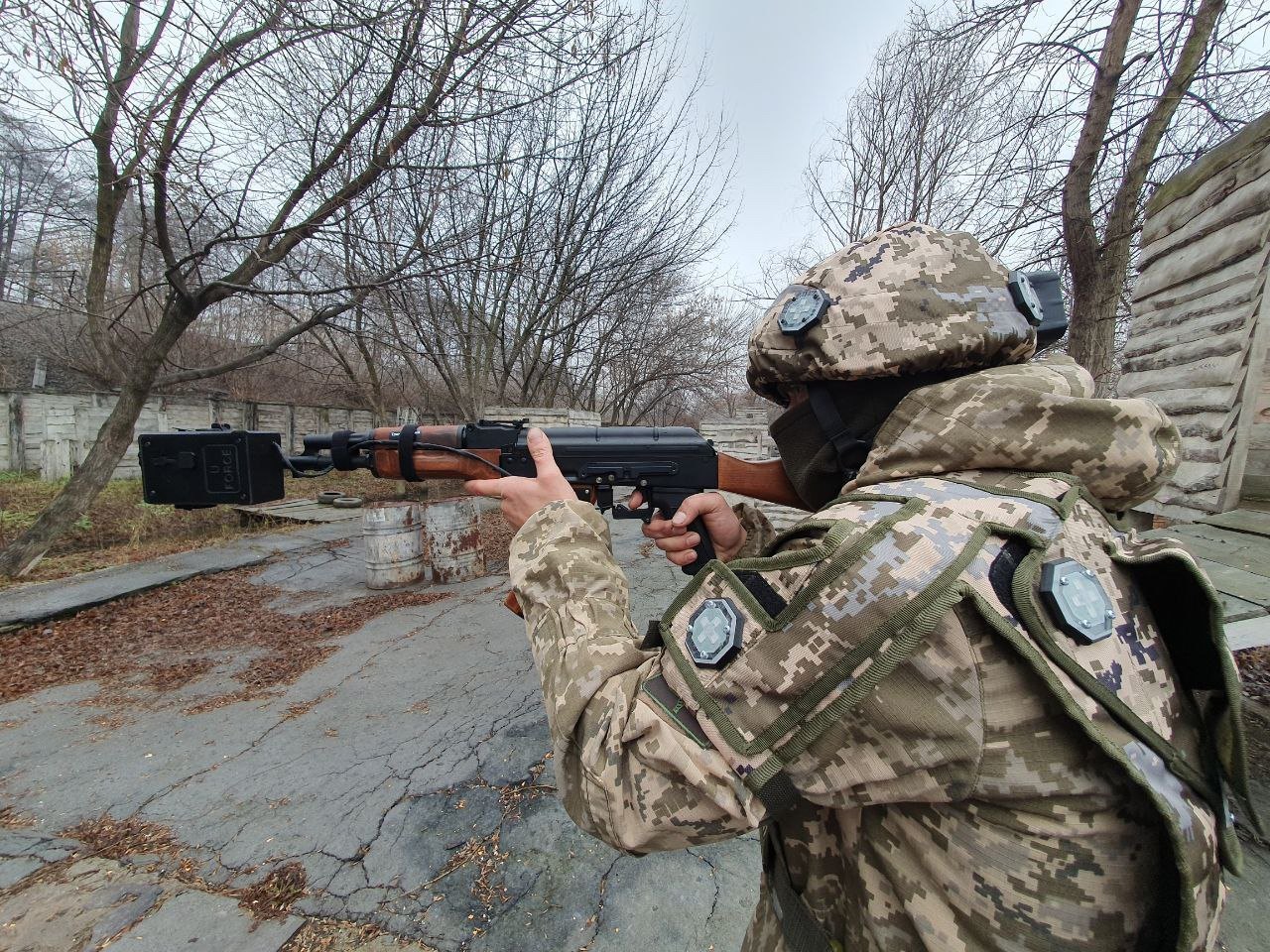
The first to buy the simulator for the soldiers was a village council in Poltava Region, followed by individual training centres and brigades.
This was followed by requests for other types of weapons: mines, grenade launchers, damage sensors for vehicles, FPV training drones that chase vehicles. And also samples of weapons coming from partner countries.

Both newcomers and experienced soldiers have been using this weapon for three months now.
"The program allows us to set the routes of Shaheds and missiles, we can simulate many different air situations in different atmospheric and other conditions of combat missions," says the air defence platoon commander, call sign Bex.

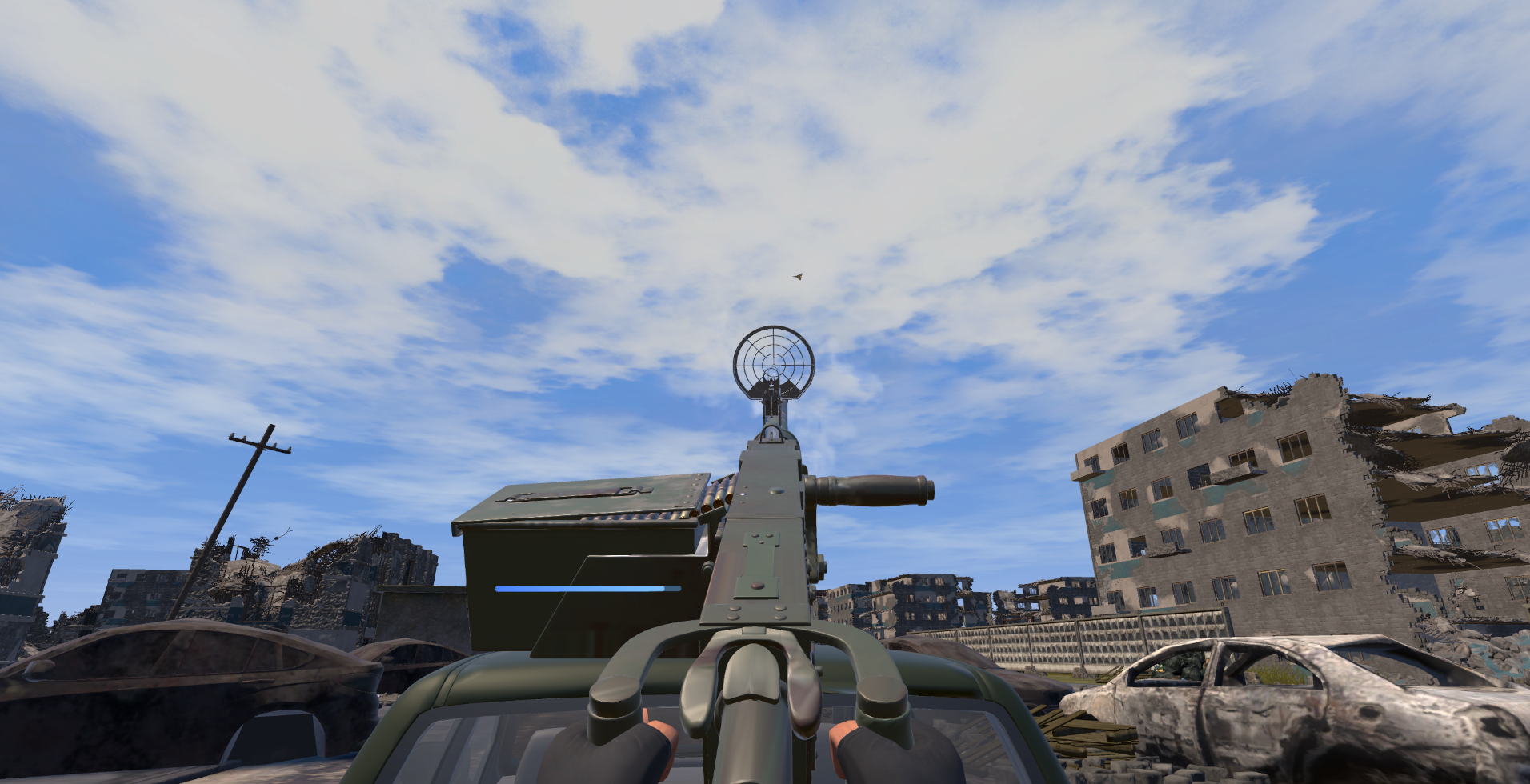
The VR film The First Battle is worth mentioning in the context of virtual reality. It was created by Ukrainian servicemen from the Weapons Development and Innovation Unit in cooperation with Aspichi and the National Academy of the Land Forces.
This is not a graphic, but a short film actually shot at the training centre, which has two versions - with and without tips.
"In the film, there is a moment of a close-range shot at a tile carrier - this is from the life of my brother-in-arms, who received such a blow and survived. So the script contains life facts. We involved professional people, psychologists, to create different dialogues and moments to reveal them. We didn't exactly take into account everything (that happens to a person on the battlefield - Author), but we took into account a lot," says one of the project's authors, Vitaliy Kyryliv, who in civilian life co-founded the design bureau Hochu rayu.
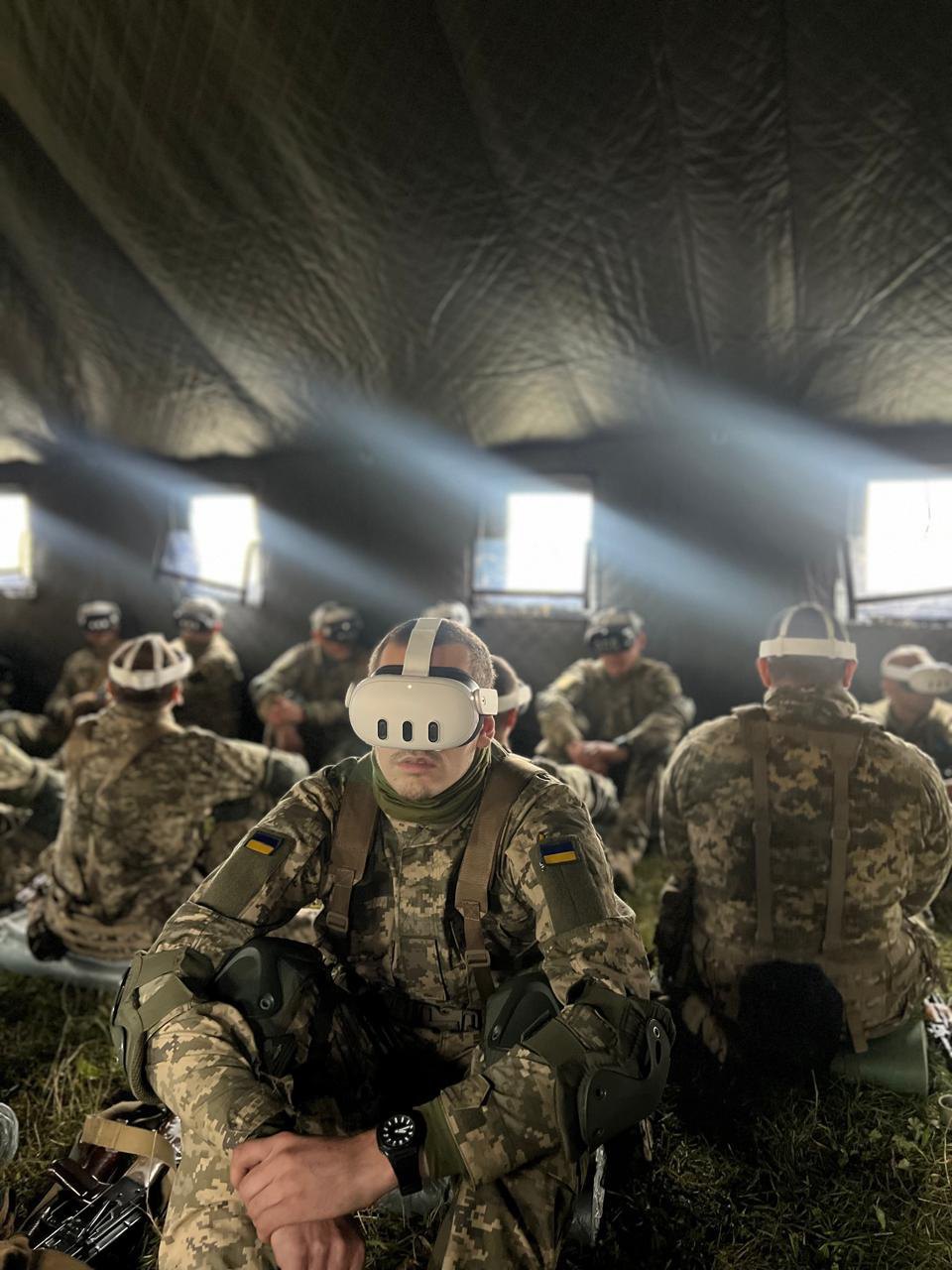
After the film was shot, it was first shown to the soldiers themselves - with and without combat experience.
"There were cases when people with experience could not watch the film because they were thrown into difficult situations by flashbacks. For us, this was a kind of advantage, because we achieved reality, not just fiction or cinema," Vitaliy recalls.
Eventually, the team was involved in the development of an updated GCSE programme, and the film is now shown in some of the training centres. According to Vitaliy, there are about a dozen training centres, three or four of which are the largest in Ukraine.
Mastering heavy equipment and planning operations
For three years, unit commanders have been able to train their personnel and plan operations, taking into account the available equipment and number of personnel, using the Steel Beasts Pro simulation system used by NATO countries.
This software from a German developer is a detailed game-like application that includes maps of the territory, vehicle physics, tactical and technical characteristics, ballistics, ammunition, weather and combat tactics. The simulator is able to predict the spread and damage caused by debris. It also allows for engineering operations and logistics, as well as the placement of individual mines and their combination with fortification systems.

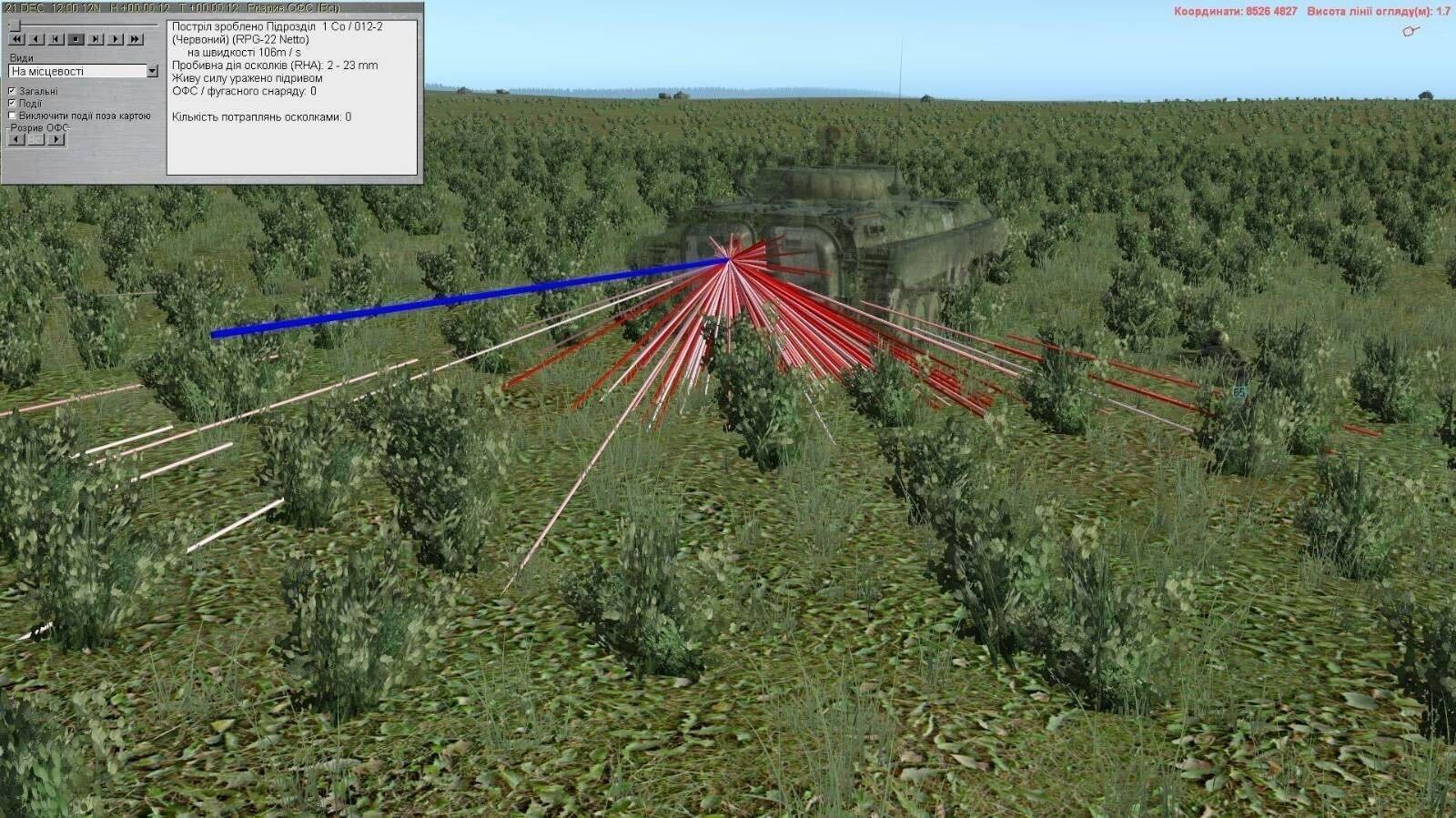
As the developer explains, the main task of the programme is to practice tactics with a focus on modern armoured vehicles and realistic reproduction of tactical manoeuvres.
In addition, it can be connected to other simulators and simulation systems, for example, for air operations.
"Here, you can create an area of operations, prescribe conditional training scenarios, and then analyse the results and mistakes made. So the programme predicts that a unit has hit a target with a certain type of ammunition,’ explains Oleksiy Lytvynenko, a volunteer who, having direct contact with the developers, trained units to use the simulator at the Boryviter school.
Currently, only a limited - trial - version of the product is available in Ukraine, as the software is considered a weapon and is not allowed to be freely exported.
The developers went ahead and created a presentation version with Ukrainian maps and some of the available weapons. They also provided controllers to teach how to operate Leopard and BMP-2.
"However, in the limited version, only 20 x 20 km maps are available and we can connect no more than eight computers per machine, meaning that no more than eight people can run the simulation at the same time. In the full version, this number is unlimited. Plus, it has a wider range of equipment and functionality. And it is possible to connect other simulators,’ explains Oleksiy.
What tasks do they solve?
The first is training.
For example, in training with the boards, there is a similar procedure to the weapon's idling - in the field with a real complex, beginners run through all the actions before take-off.
"Instead, the simulator provides the process of take-off, flight, and trigger pull. This allows you to go through this moment of fear. Because when you launch a plane worth a million hryvnias into the sky for the first time, you feel a huge responsibility," explains Inokentiy Razumkov.
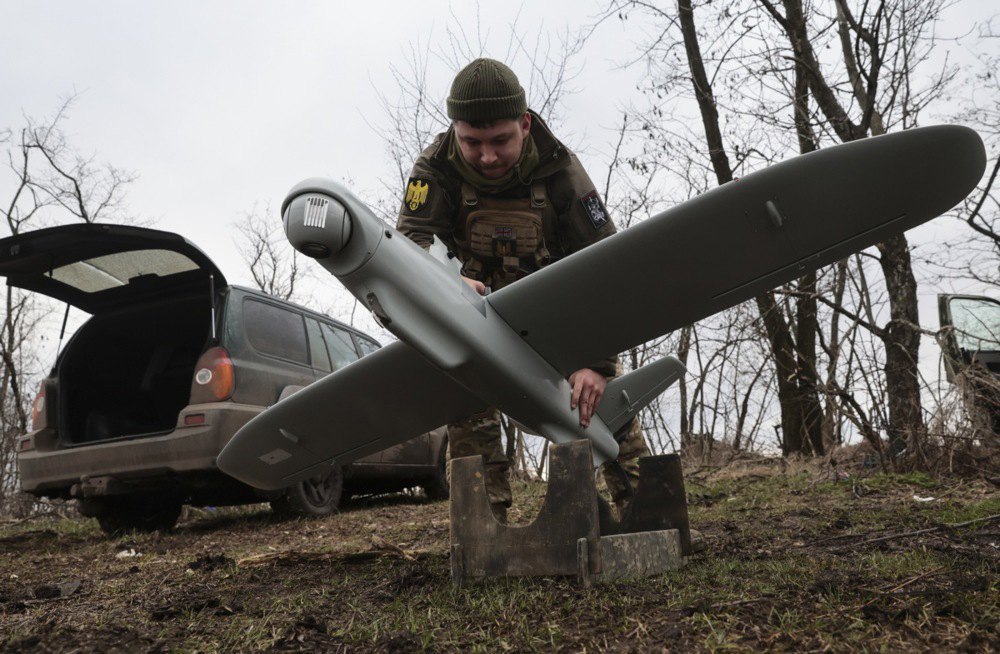
Although the simulators do not protect you completely, they still make it possible to reduce the amount of damage to the aircraft.
"Because, for example, when a communication breaks down during a flight, time is of the essence, and it matters whether you managed to give the aircraft a turnaround command, whether it left the jamming zone, whether you looked for the button; by the time you pressed it, the aircraft was already in the electronic warfare zone," explains Inokentiy.
Ihor Pyts compares it to learning to drive a car.
"You learn how to turn on the turn signal and look in the rear-view mirror on automatic. The simulator helps you work out the concept of the drone's physics in your head: how it will behave if you pull it left or right," he notes.
In addition, the simulator helps to bring new pilots up to speed: in the 3rd Brigade's units, newcomers are given common scenarios in the programme and see how they cope.
"On 8-9 January, there was an enemy assault with tanks: 40 vehicles stormed our positions. We know where they were going, where their target was. So we put this equipment in the programme and watch how a person will work: how they will enter a particular tank. It is more important for pilots to work on the correct approach to the target than on tactics. Because most of our assaults are currently being repelled rather than carried out," explains Ihor.
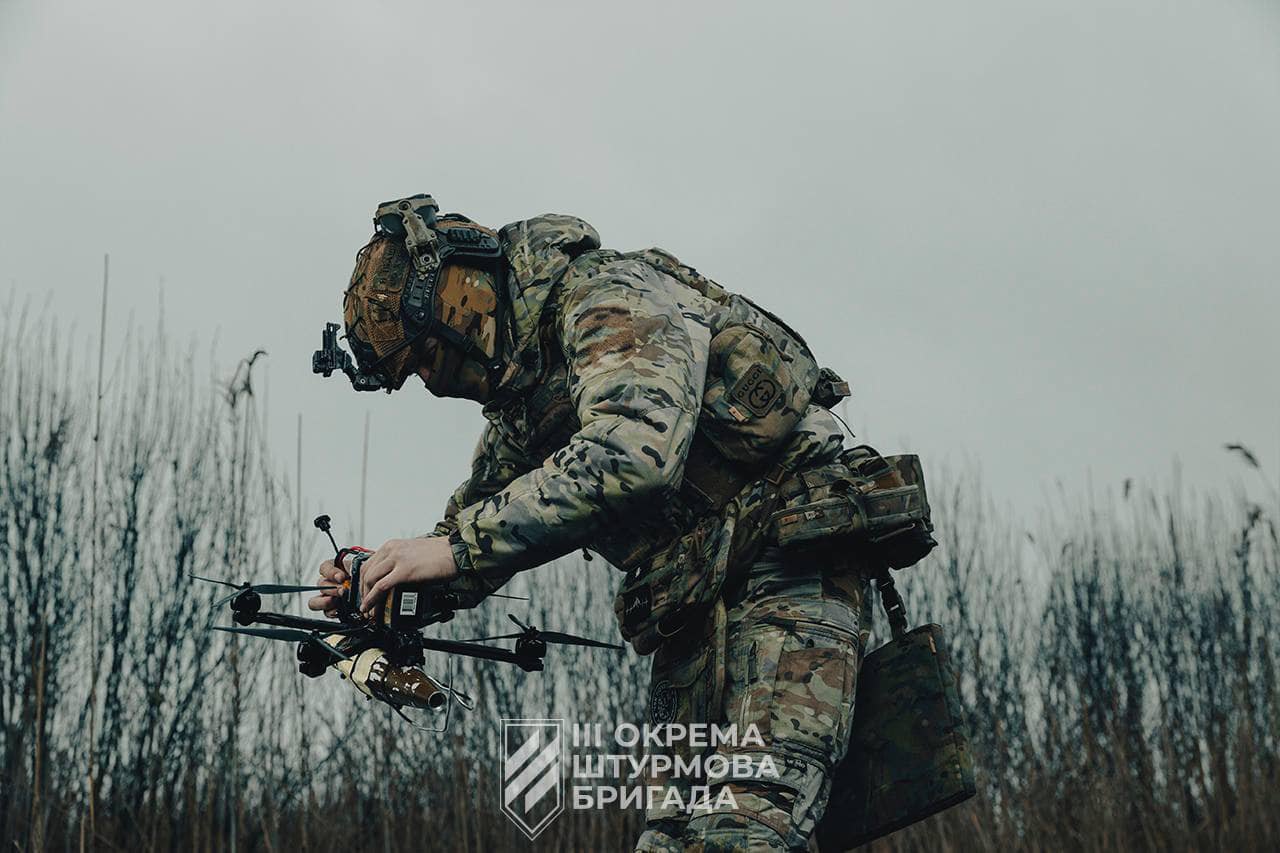
Simulation systems, meanwhile, enable commanders to learn how to properly plan and manage available assets to avoid critical mistakes.
"Educational institutions are interested in training commanders in this programme to increase their training and ability to lead a unit. ‘When the command runs the developed course of action for a particular task through the software, it shows them critical errors and helps them predict the future outcome of the operation," says Oleksiy.
Weaponised shooting simulators also have a similar effect, says Serhiy Sereda of U-Force.
"At the beginning, many people laughed that it was child's play, but in fact, the technology allows us to hone our shooting accuracy, interaction, and tactical skills. There is a record of each soldier's performance, GPS tracking on maps, so the commander can see the movement, statistics, who hit whom and when, who was injured by a mine or tripwire. All this is displayed, and accordingly, a picture of the fighter's abilities is formed," explains Serhiy.
The second was to relieve the instructors.
For example, to conduct wing flight training, five crews go to the field, which means five instructors and five aircraft systems.
"Simulators partially take care of this entire logistical component. Because if I put these five crews behind five simulators, then one or two instructors are enough to be responsible for tasks, clarifications, and answers to questions," says Inokentiy, a consultant for the Come Back Alive Foundation.
The third is familiarisation with the terrain.
The simulators also help drone pilots get to know the area where they will be working, says Ihor Pyts.
"Before the newcomers start working, we show them our map and what to tie to. This helps them get used to the area. For example, it was difficult for me when our area of responsibility expanded slightly to the left. Here, I already know everything, I'm orientated, and even when there is strong video signal jamming, you just blindly fly over the area for 5-10 minutes to get out of the range of the EW. But to fly like that, you need experience and good terrain awareness," explains Ihor.
The fourth is interaction between soldiers and between units.
Currently, the main problem faced during the exercises is that it is dangerous to conduct group training at the training grounds.
"It is very dangerous for a unit to be sent to a training ground to conduct a full-fledged team-up. Instead, these simulators increase their effectiveness because they can work together in the system. It doesn't solve this problem 100%, of course, but it allows them to learn to communicate," explains Oleksiy Lytvynenko.
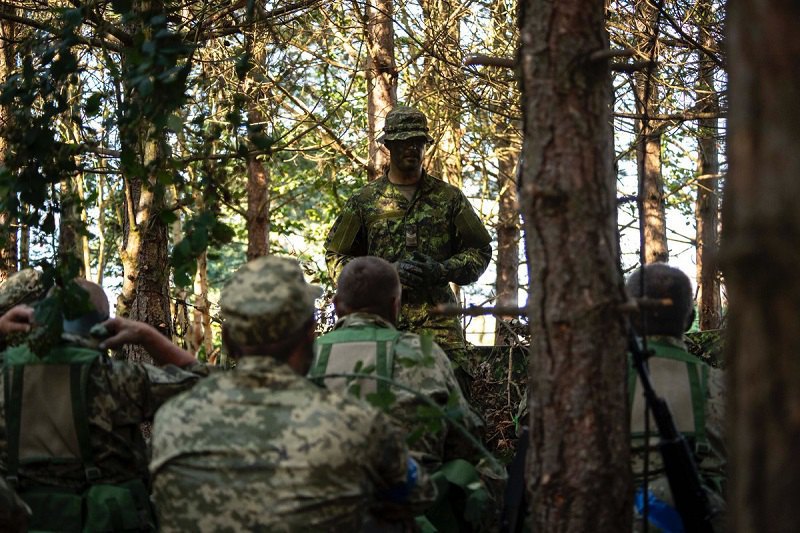
He cites the interaction between a drone operator and a man-portable air defence system operator as an example.
"Steel Beasts allows you to conduct complex training - to connect the drone operator, the MANPADS operator who is trying to destroy the drone, and the unit commander who will plan the execution and set the tasks. This is an opportunity to move away from training one person to training all the links simultaneously. This is a simple example, and it can be scaled up infinitely," says Oleksiy.
In addition, he says, over the three years of work, they have managed to redeploy many units from different structures of the Defence Forces.
"The National Guard, the Land Forces - they have already signed memoranda and are conducting joint exercises. This way, they will not duplicate each other's work. Now they can delegate powers among themselves, conduct joint research projects, and exchange experience,’ explains Oleksiy.
The 3rd Brigade also uses simulators for internal tournaments between pilots. This, says Ihor, is more about entertainment and healthy competition, which also affects the effectiveness of the tasks.
The fifth is saving ammunition.
The ‘zoo of weapons’ that Ukraine received as aid from its allies requires rapid development and training. But how to train effectively when the number of shells is limited? This can also be partially solved with the help of simulators.
"For example, Ukraine has adopted an analogue of the American Mk 19 grenade launcher. We have ammunition, and we need to train. Of course, you can go out and fire a grenade launcher, but how many training sessions can you give a soldier to learn to shoot accurately? And how many shells? Instead, a $15,000 simulator will pay for itself in 30 minutes of shooting," Serhiy Sereda calculates.
The simulator imitates the shape of the grenade launcher itself, its recoil, and ballistics.
"It is not a substitute for real shooting, but it allows you to master the basic principles and reduces the time for training. It can save 70-80% of ammunition. And the state will spend these funds on weapons," explains Serhiy.
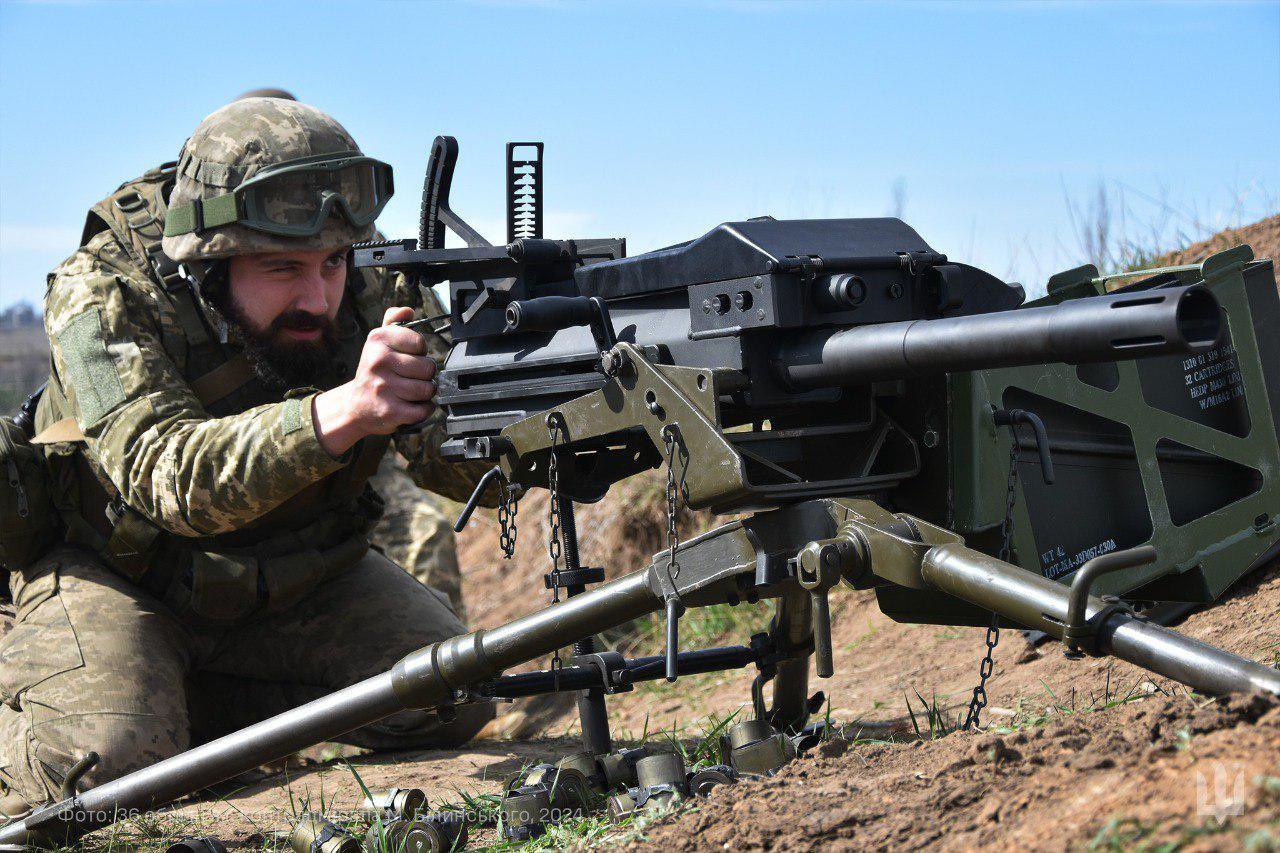
The sixth is to overcome the fear of the unknown.
"When my brother and I were mobilised, the key thing in the army for us was the moment of not knowing. This uncertainty is so widespread at all levels that it is very exhausting for a person who is just joining the army," Vitaliy Kyryliv explains his motivation for making The First Battle.
"The film is one of millions of scenarios how events can develop," he notes. "But the elements themselves: shots, hits, injuries, death - are typical."
"So, to prevent people from getting confused in the moment, it is important to show them what can happen. It's scary and there will be fear, but at least here they are ready for the bang, the whistle, the feeling of contusion. The only thing is that it is important that a person goes there with less round eyes. We don't work with the fear of death, captivity, injury, we work with the fear of ignorance," Vitaliy emphasises.
How effective are these systems and how to measure them?
All of the interlocutors emphasise that simulator training is not a panacea and cannot replace real experience with specific weapons.
"The system cannot predict, for example, the outcome of a battle, but the programme can significantly increase efficiency and help identify critical errors and gaps," explains Oleksiy Lytovchenko about Steel Beasts.
At the same time, he says, the manufacturer conducted official research on the calculation of battle tanks.
"They studied how a tank crew that started training on the simulator performs. They recorded a reduction in the target detection and engagement cycle from 15 seconds to five," explains Oleksiy.
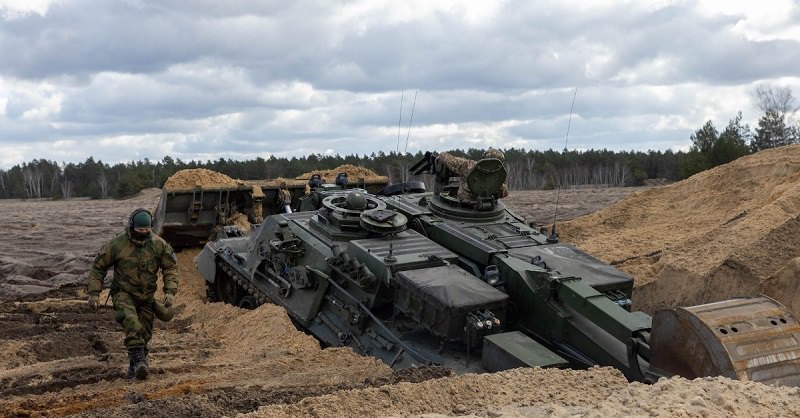
"These are military institutes, academies, training grounds, training centres of various branches of the armed forces, and combat brigades. We currently have about 20 active units. When I talk about the Kyiv Institute of the National Guard of Ukraine, there are a large number of people there - this is one unit," Oleksiy notes.
Serhiy Sereda of U-Force also speaks about the impossibility of conducting in-depth research. Mainly because even if the brigades are studying this issue, it is still classified information.
"We do not receive official statistics, it is very difficult. But the general mood and feedback from the instructors is that the personnel who have been trained are more efficient and their losses are reduced by 30-50%," says Serhiy.
Based on the feedback from the teams, he notes that the equipment is being updated - both in terms of moisture resistance and installation speed, ergonomics, range, and a lighter version of the software.
Khartiya told LB.ua that they monitor the effectiveness of the Browning M2 simulator. And they say it is effective: the professional level of the unit has increased, and the number of enemy air targets shot down after training has increased. However, no information is given in numbers or percentages.
The team working on the film The First Battle conducted their own research. During a combat training course at a training centre, a group of men and women aged 19-43 were divided into a control group and an experimental group. One group was shown the film before the obstacle course, and the other group was not. Before and after, they were tested on computers.
"We took the data from Eye tracking: people sat down at their laptops, watched the test, and we analysed how their eyes moved through the text," explains Vitaliy Kyryliv.
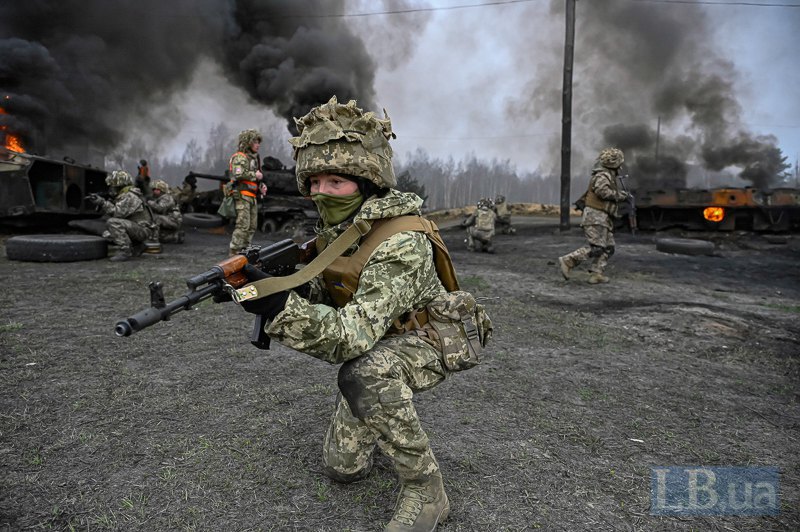
A comparison of these indicators showed that the emotions of recruits who had not watched the film remained at the same level as before. And those who had watched the film had a higher level of emotion.
"A higher level of emotion indicates that people have immersed themselves and really lived this experience, the feeling of the first battle, at the brain level.
There was also an interesting parameter of stress. When there is no stress, we do nothing, we are phlegmatic, and when there is too much stress, we do nothing. And the people who watched the film, their stress was at a productive level. They were charged, and this was also a great indicator," Vitaliy explains.
At the same time, Ihor Pyts from the 3rd Brigade notes that just because a person flies well in a simulator does not mean that he or she is guaranteed to perform combat missions as well.
"I have seen a pilot who is a great pilot in the simulator, fail to fly into the window where a sniper was sitting from a direct approach. I was shocked, to be honest. It probably also depends on the person's qualities. Most likely, my nerves got the better of me. The conditions were perfect," Ihor recalls.
This partially refutes the idea that a gamer will perfectly cope with combat tasks. After all, there are many other key points besides the ability to control and navigate in space. For example, the ability to work in a team.
"We had a pilot who flew well in the simulator, but did not perform well in combat missions. He didn't listen to anyone, quickly got lost when he lost the picture - yes, he's a gamer, he's a cool simulator and all that - but in combat he often got lost, did some extra manoeuvres, circles.
A great pilot is a person who knows his way around maps, the terrain, is proactive, but knows how to work in a team. Because it's a constant communication, because it's also a complicated story, you don't have to be arrogant"’ Ihor says.
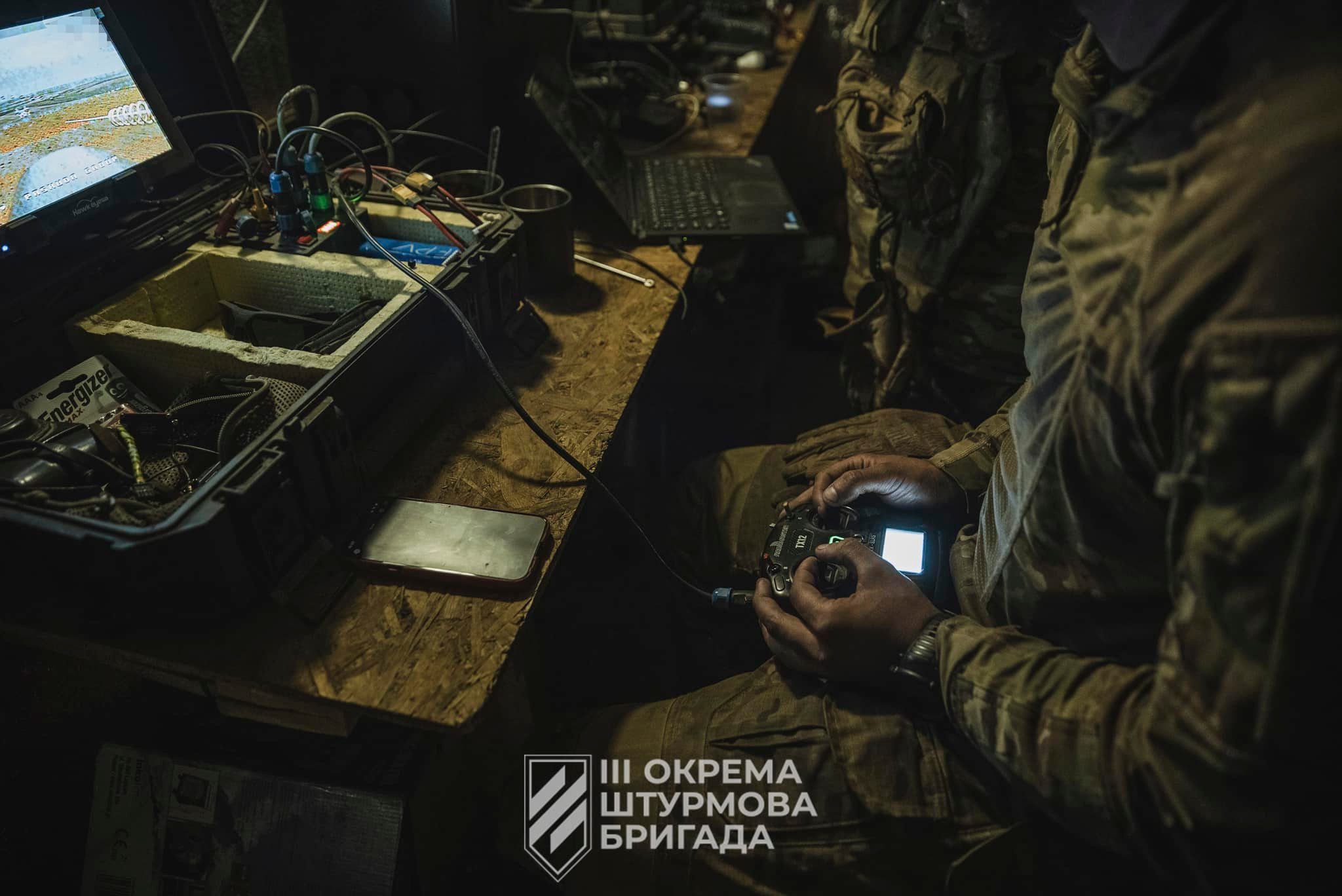
Plus, he says, there are pilots who just fly into trees - they make a beautiful bang, a spectacular picture, but the result is zero, because the target is not hit.
"This is poor quality work. A drone is a tool, you are actually a projectile that flies straight to the target. Quality work is when it is completed,’ says Ihor.
How widespread are simulators in the army and what are the plans of the General Staff and the Ministry of Defence?
In response to a request from LB.ua, the General Staff said that simulators are used to train soldiers, both for individual and collective training: trainers, simulators, simulation devices for all types of weapons and equipment that are being put into service with the Armed Forces of Ukraine. In particular: tank simulators, infantry fighting vehicles, vehicles on a dynamic platform, electronic simulators for artillery training, simulation systems based on JCATS software, anti-drone and air defence simulators using VR/AR technologies, laser and multimedia shooting ranges, medical models of size and weight and military equipment, tactical training systems for laser simulation of various types of equipment and small arms, minefield simulators, etc.
The General Staff noted that all simulators and programmes are procured at the state level and also received as international military assistance from partner countries.
Judging by the response, it seems that the simulators are available at training centres for the relevant military specialities.
At the same time, Kateryna Chernohorenko, Deputy Minister of Defence for Digital Development, Digital Transformation and Digitalisation, told LB.ua that they plan to purchase VR/AR simulation equipment for all training centres in Ukraine. The MoD digital team will also do this.
"Together with Oleh Apostol (Deputy Commander-in-Chief of the Armed Forces of Ukraine), we are working to ensure that virtual reality simulators are installed in training centres. This way we can speed up training and prepare our servicemen for work," Chernohorenko said.
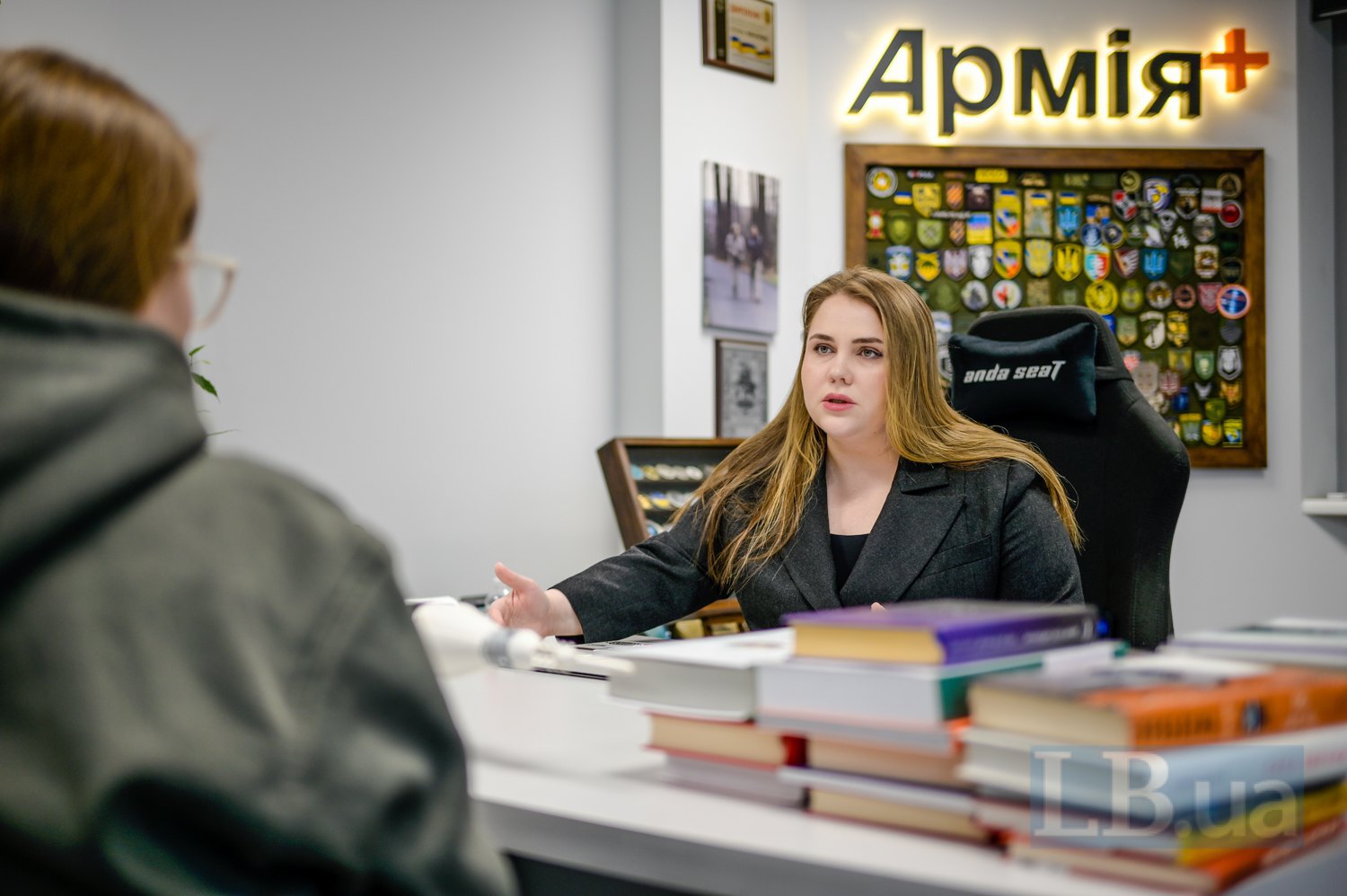
According to her, these are basic weapons simulators, as well as VR glasses and software.
The Ministry of Defence's digital team has already received a request for a list of simulators from the General Staff, and they are now assessing the capabilities of Ukrainian manufacturers. The deputy minister says they have already found funding.
Meanwhile, the Yatagan school, which operates on the basis of the Armed Forces training centre, has set itself the goal of training up to three thousand specialists a year and expanding its training areas. You can support them here.
Regarding simulation systems, the General Staff says that in 2024, they sent a request to the developer of Steel Beasts Pro through the military attaché office to provide an enhanced version of the programme. The result is not reported.
Oleksiy Lytvynenko told LB.ua that the request was sent through the Korovai information and communication system for several hundred licences. However, this number will cover only 80% of the current needs. It is still unknown when this will happen and whether it will happen at all.
There is another problem, he says: the request for licences was sent only within the Land Forces, so when it is approved, only their units will have access to the enhanced version.
"Here we can cite the example of transfers: if a person is transferred from one Army brigade to another, it shouldn't be a big problem; but if a person from the Navy wants to transfer to the police, it's bureaucratic hell and probably impossible. And it is not yet known how units that are not subordinate to the General Staff can apply through this system," said Oleksiy.
As for the simulators for the training centres, the MoD digital team plans to train trainers for instructors so that they understand how to work with the equipment. Updates are planned for the summer.
"We have to develop in this direction, because it also saves resources, ammunition and accelerates the training of our servicemen," added Chernohorenko.








